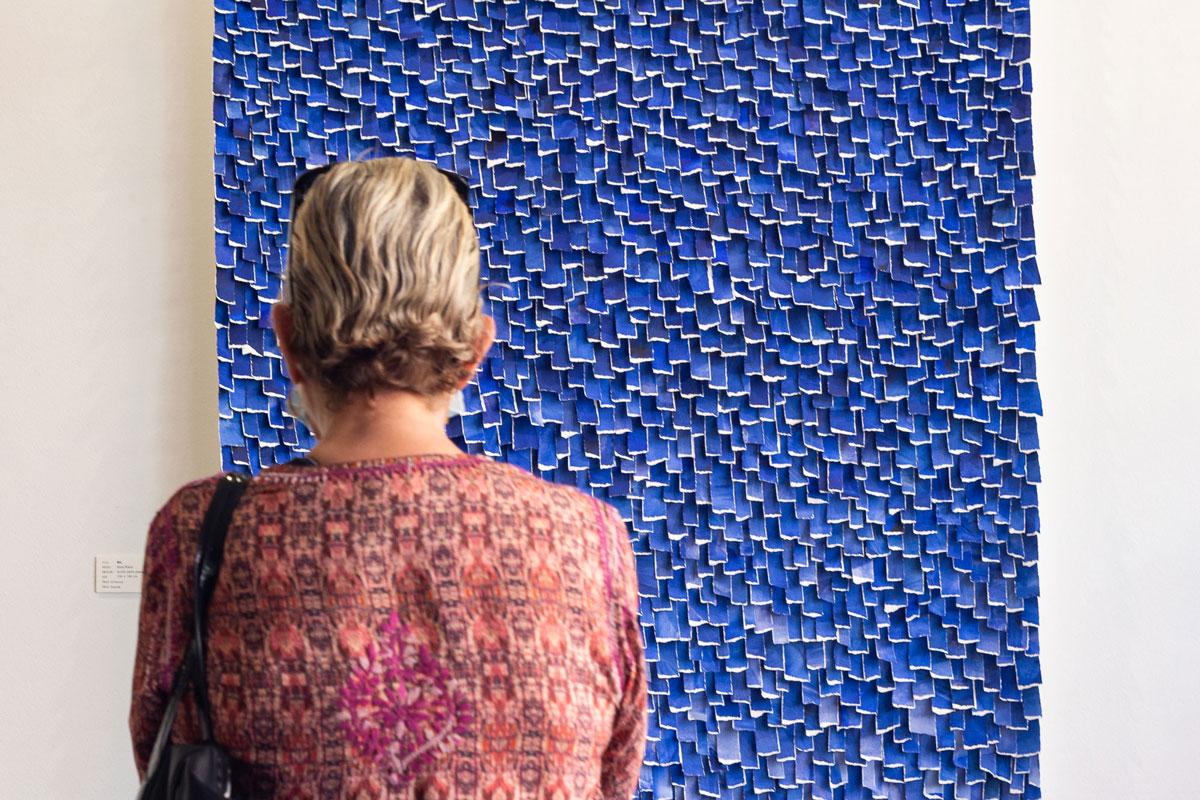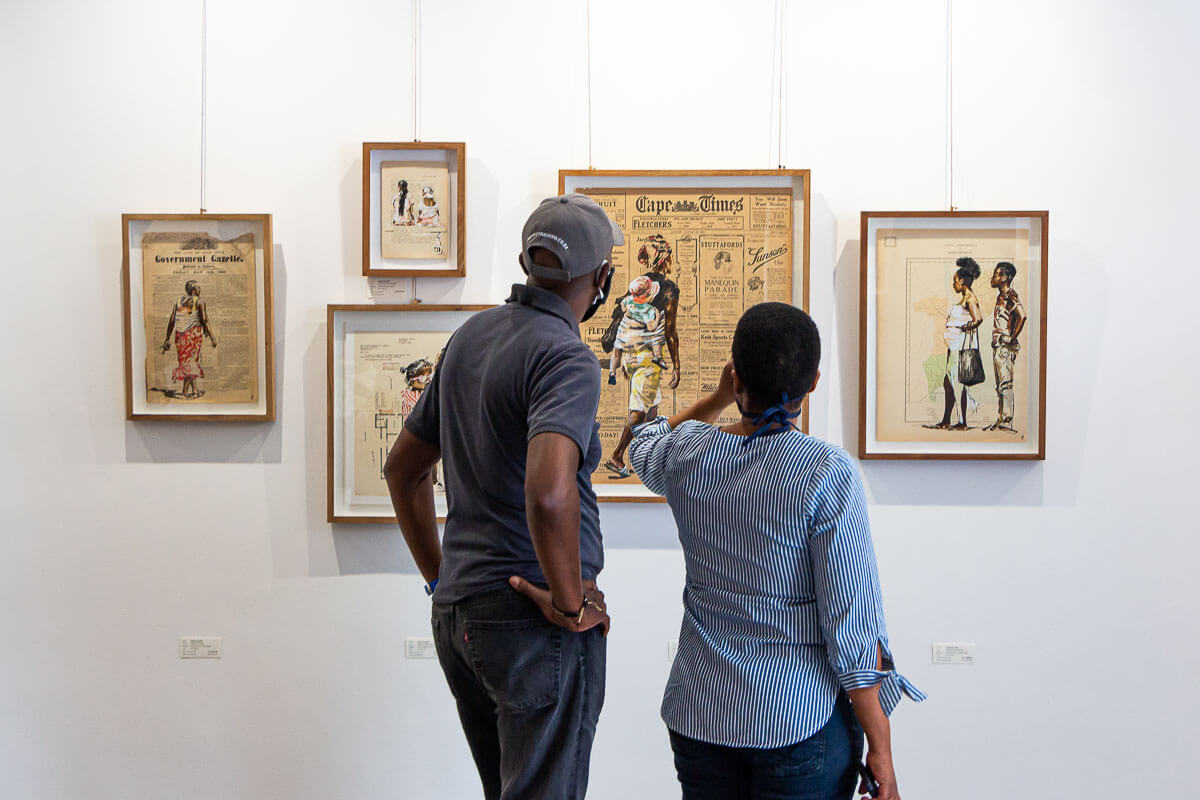Without an art history degree, the prospect of discussing art can sometimes feel a little overwhelming. Art historian Dr Laura-Jane Foley breaks it down...
Let me tell you a secret. There are no wrong answers when you’re talking about art.As an art historian, I am passionate about communicating my love of art to the wider public—which is why I started my new podcast series "My Favourite Work of Art". Each week I invite a well-known personality to share an artwork that has had a special meaning for them. It's about personal stories surrounding artworks and the emotional power of art. I want to put art at the centre of our conversations. And I want to instil a confidence in viewers of artworks.
Sometimes art can seem inaccessible or difficult to understand. But there is no need to be put off. At the heart of every engagement with an artwork is this: do you like it or not?
Even though a lot of our art galleries and museums are free in the UK, many people are put off visiting for fear that they won’t understand the art on display. There’s a concern that other visitors may be more knowledgeable and that everyone else there understands what the artworks mean. But this simply isn’t true. Everyone is equal in front of an artwork and there are no wrong answers.

"Everyone is equal in front of an artwork and there are no wrong answers"
When talking about the challenges of understanding art, I’m often reminded of the Hans Christian Andersen story "The Emperor’s New Clothes".
Two weavers promise a lavish and magical suit for the Emperor that can only be seen by those who are clever and accomplished. To everyone else, the clothes appear invisible. When the Emperor parades before his subjects in his “new clothes” everyone compliments the beautiful new clothes—no one dares admit they can’t see anything. It takes a young child to tell the truth—“but he has nothing at all on!” An epiphany! “Listen to the voice of innocence” exclaim the Emperor’s subjects.
Similarly, in front of an artwork, you should try to look innocently. Contemporary art can be particularly difficult to understand and appreciate but enjoying an artwork is a gut instinct. Do you like it or not? Do you find it striking or not? Do you want to find out more or not? It really is that simple. If you don’t like it, that’s OK! It doesn’t matter what other people say or think.
"You are the only critic that counts"
A very well-respected art historian called Ernst Gombrich wrote about something called "the beholder’s share". It was Gombrich’s belief that a viewer "completed" the artwork, that part of an artwork’s meaning came from the person viewing it. So you see—there really are no wrong answers as it is you, as the viewer who is completing the artwork.
But there are things you can do, in order to understand and appreciate art a little bit more. When I look at an artwork I undertake a visual analysis. I look at the formal elements first—colour, texture, size.

Imagine we’re viewing a painting. I look at the colour (what sort of colours are used? bright, primary colours or more subtle shades—does the palette evoke any strong emotions? Does it remind me of anything else?) I look at the brushstrokes (are they visible? Are they large or small? Does it look like they were made quickly?) Is the painting big or small? Why might it have been created? I look at what, if anything, is being depicted (what is it? Do I recognize it? Does it remind me of anything—in history, current affairs or even in my own life?) More generally, does the painting as a whole remind me of anything else (another artist perhaps or a piece of music or a feeling or emotion.) These are the sort of questions an art historian will ask when confronted with an artwork.
If you’re looking at art in a gallery, read the wall text at the side of the artwork. If staff are present, ask questions. Ask your fellow visitors what they think. Asking questions is the key to understanding more—and that goes for anything in life—not just art. But above all, have confidence in front of an artwork. If you are contemplating an artwork, then you are the intended viewer and what you think matters. You are the only critic that counts.
This ARTicle is written by Laura-Jane Foley, originally published in Readers Digest.

